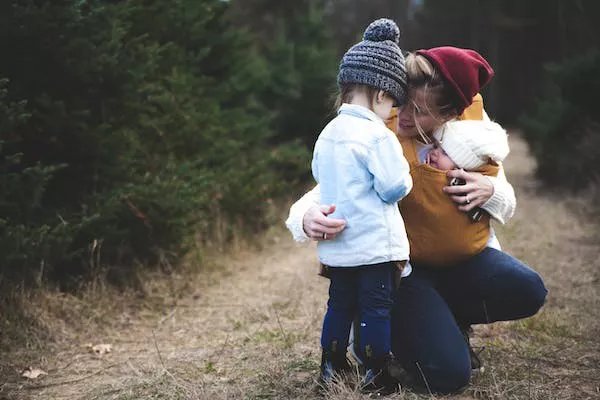Koalas, native to Australia, are known for their distinctive appearance and gentle nature. However, their parenting style is equally fascinating. Koalas exhibit a unique approach to raising their young, which can be categorized as a specific parenting style. In this article, we will explore the concept of Koala Parenting Style, its characteristics, and its implications for the development of the next generation of koalas.
What is Koala Parenting?
Koala parenting refers to the specific behaviors and strategies employed by koalas to care for their offspring. This parenting style revolves around three main aspects: maternal care, dependency, and weaning.
Characteristics of Koala Parenting
Maternal Care: Koala mothers invest considerable time and effort in caring for their young. They provide a safe and nurturing environment by carrying their offspring in their pouches and later on, clinging them to their backs. The mother’s pouch serves as a protective incubator, ensuring the joey’s safety and allowing for optimal development.
Dependency: Koala infants rely heavily on their mothers for sustenance, protection, and socialization. The bond between a koala mother and her joey is incredibly strong. The joey clings tightly to its mother, who provides constant physical contact and comfort.
Weaning: As the joey grows older, the mother gradually weans it from milk to eucalyptus leaves. This transition marks an important developmental milestone for the young koala, as it learns to adapt to its specialized diet and acquire the necessary digestive enzymes to process the leaves.
Behavioral Adaptations in Koala Parenting
Pouch Development: Koala mothers have specialized pouches that provide a secure and nurturing environment for their young. The pouch protects the joey from external threats and enables them to develop in a safe and controlled manner. As the joey grows, the mother’s pouch adapts to accommodate its increasing size.
Nutritional Adaptations: Koalas have a unique digestive system that allows them to survive on a diet consisting almost entirely of eucalyptus leaves. This adaptation influences their parenting style, as the mother must consume enough leaves to provide adequate nutrition for herself and her joey. The mother’s digestive system breaks down the toxins present in eucalyptus leaves, allowing her to pass on a more digestible food source to the joey during the weaning process.
Socialization and Communication: Koalas are generally solitary animals, but parenting involves social interactions between mothers and their young. The mother teaches her joey essential skills such as climbing, foraging, and selecting suitable eucalyptus leaves. Vocalizations and body language play a crucial role in communication between the mother and her offspring.
Benefits and Challenges of Koala Parenting
Benefits: The koala parenting style has several advantages, such as ensuring the survival and development of the young, promoting attachment and bonding, and transmitting important survival skills from one generation to the next. The close physical contact between the mother and joey fosters a strong bond and sense of security, contributing to the joey’s overall well-being.
Challenges: Koala parenting also comes with its fair share of challenges, including limited food resources, habitat loss, and threats from predators. The increasing fragmentation of koala habitats has made it more challenging for mothers to find suitable food and safe environments for their offspring. Additionally, the introduction of non-native predators, such as domestic dogs, has posed a significant threat to koala populations.
Implications for Conservation
Conservation Efforts: Understanding the koala parenting style is crucial for conservationists and researchers working towards protecting these iconic animals. By studying their behavior, scientists can design better conservation strategies and ensure the long-term survival of koalas. Conservation efforts involve preserving and restoring koala habitats, implementing measures to reduce habitat fragmentation, and raising awareness about the importance of preserving these unique animals.
Human Impact: Human activities, such as deforestation and urbanization, have led to a decline in koala populations. It is important for humans to recognize the impact of their actions and take steps to protect koalas and their habitats. Sustainable land use practices, responsible urban planning, and reducing conflicts between humans and koalas are vital for the conservation of these iconic marsupials.
Conclusion
In conclusion, koala parenting style is a unique and fascinating aspect of these beloved marsupials’ lives. The characteristics, behavioral adaptations, benefits, and challenges associated with koala parenting provide valuable insights into their survival strategies. By understanding and appreciating the koala parenting style, we can contribute to their conservation and ensure a brighter future for these iconic Australian animals. Protecting koalas and their habitats is not only crucial for their well-being but also for the preservation of biodiversity and the ecological balance of their ecosystems.


